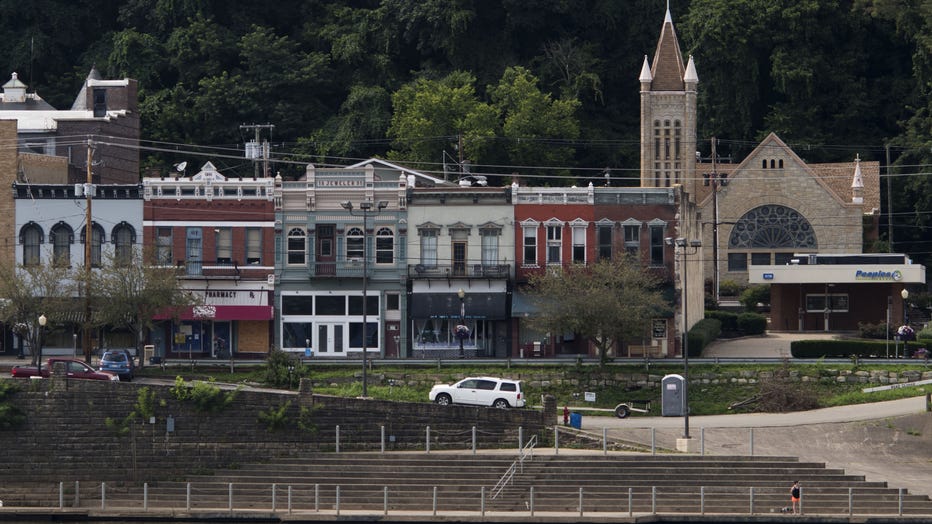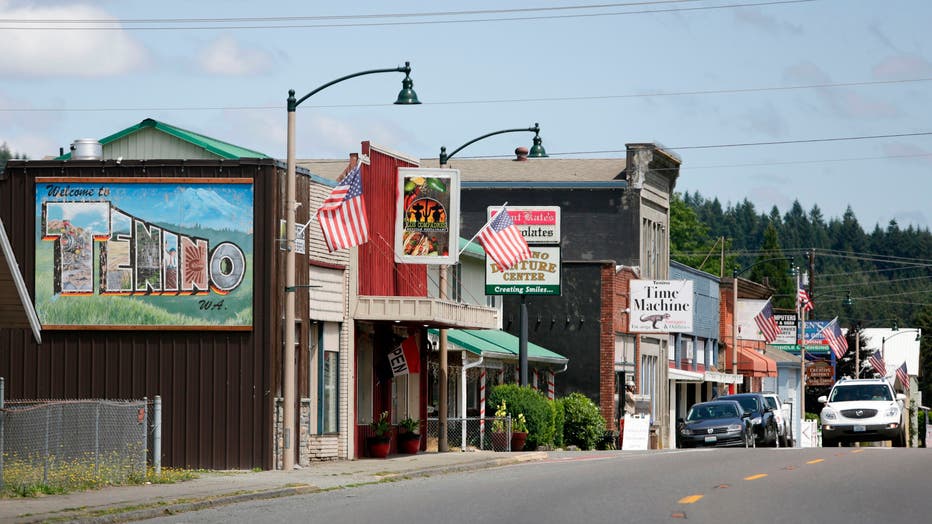Hundreds of US urban areas will become rural with new criteria
Hundreds of urban areas in the U.S. are becoming rural, but it's not because people are leaving.
It's just that the U.S. Census Bureau is changing the definition of an urban area. Under the new criteria, more than 1,300 small cities, towns and villages designated urban a decade ago would be considered rural.
That matters because urban and rural areas qualify for different types of federal funding. Some communities worry the change could affect health clinics in rural areas as well as transportation and education funding from federal programs. But leaders in other communities designated to lose their urban status say it won't make a difference.
"We are rural and we feel rural, and that’s how we already identify," said Randy Reeg, city administrator of Mauston, Wisconsin, a city of 4,347 residents about 75 miles (120 kilometers) northwest of Madison.
RELATED: US 2020 census missed about 1.6 million people, analysis says
Groups like the American Hospital Association say the changes, which are the biggest being made to the definitions in decades, could cause problems for people who need medical care in rural areas.
"Going with the new definition could limit the number of rural health clinics moving forward and have a negative impact on rural access to care," said Shannon Wu, senior associate director of policy at the hospital association.
How does the Census Bureau define towns and cities?
For starters, the Census Bureau is switching to housing units instead of people as the basis for calculating what should be an urban area. Bureau officials say the change will make it easier to update between once-a-decade head counts of the U.S. They also contend that it's needed because a new privacy method introduces errors into 2020 census population numbers at small geographies to protect people's identities. Housing counts stay accurate under the method.
A place had to have at least 2,500 people to be urban under old criteria that lasted more than a century. Now, it will need at least 2,000 housing units, the equivalent of about 5,000 people. A revised list of urban areas won’t be released until later this year, but a third of the areas deemed urban a decade ago would be knocked into the rural category under the new criteria.

The Ohio River stands in front of downtown businesses in Pomeroy, Ohio, U.S., on Monday, July 18, 2016. Photographer: Ty Wright/Bloomberg via Getty Images
Places with 50,000 residents or more were considered "urbanized areas," compared with "urban clusters" having between 2,500 and 49,999 residents in the past. But those distinctions will be eliminated and all will be called urban areas under the new definition.
Some communities worry that the switch to housing units will cause some areas to be underestimated if the Census Bureau uses the U.S. average of 2.6 people per household for its calculations. For instance, Madera County, California, has 3.3 people per household, and the change "would not fully represent the community," Patricia Taylor, executive director of the Madera County Transportation Commission, said in a letter to the bureau last year.
The Census Bureau says the new definition should be used for statistical purposes only. But the bureau's urban areas form the cores of metro and micro areas, and its definitions provide the basis for how other agencies classify urban and rural areas in determining eligibility for federal funding. The bureau reviews the definitions every 10 years after a census, and the urban population has grown from about 45% of the total U.S. population in 1910 to more than 80% a decade ago.
RELATED: 'Gold mine' of census records being released from 1950
"We’ve heard people say 2,500 was too low. That was the impetus for the increase," said Michael Ratcliffe, a senior geographer with the Census Bureau.
Different federal programs use different definitions of urban and rural, and some communities qualify for rural funding for some programs and not others. But any changes "will have significant implications for many groups and communities," said Kenneth Johnson, a senior demographer at the University of New Hampshire who studies rural issues.
"Another likely concern for many rural communities is that if many existing urban areas are redefined as rural, competition for the limited rural funds will increase," Johnson said.

Businesses in downtown Tenino, Washington on July 10, 2020. (Photo by JASON REDMOND/AFP via Getty Images)
A coalition of associations representing cities, counties, planners and transportation groups had objected to many of the proposed changes last year, saying the switch from people to housing units would miss variations in development and land use patterns.
The Census Bureau tried to address those concerns by creating three levels of urban area definitions for census blocks, which are the nation’s smallest geographic unit. Census blocks will be urban if they have 425 housing units per square mile, the equivalent of 1,105 people. Before the change, census blocks with at least 500 people per square mile were considered urban.
The redesignation gives the bureau a way to distinguish between the "urban nucleus" and less densely populated areas, typically on the fringes of urban areas.
RELATED: Census: No great migration occurred during COVID-19 pandemic
Bill Keyrouze, executive director of Association of Metropolitan Planning Organizations, said the Census Bureau's revisions, adding different levels of urban areas based on density, "was an adequate compromise."
For the town of DeMotte, Indiana, 85 miles (135 kilometers) southwest of South Bend, which won't qualify as an urban area anymore, it doesn’t really matter from a "status" viewpoint, Town Manager Michael Cain said.
"You are who you are. The number of people doesn’t matter. It’s the spirit of the community that matters, whether your town is a cohesive group of people who care about each other," Cain said.


